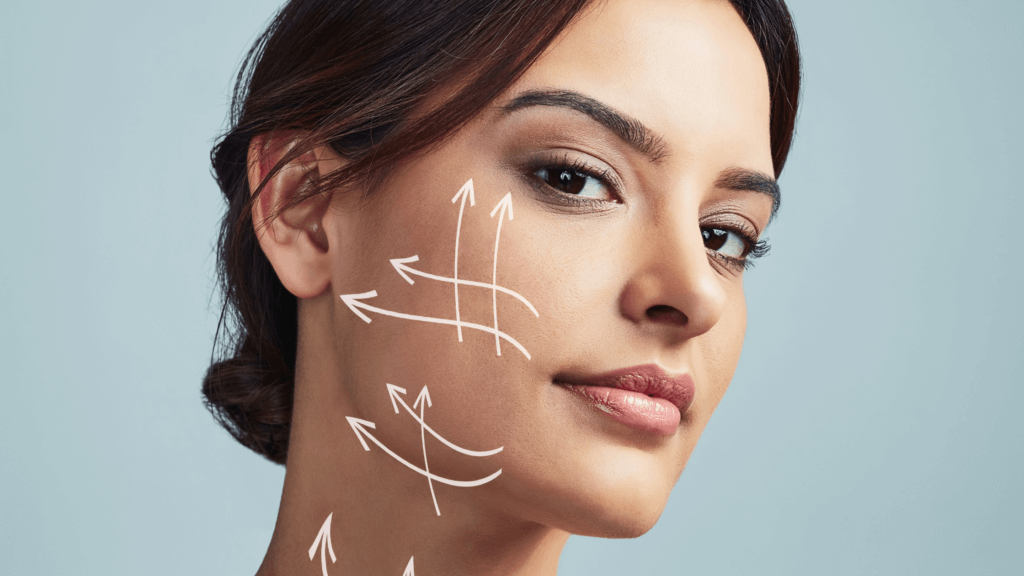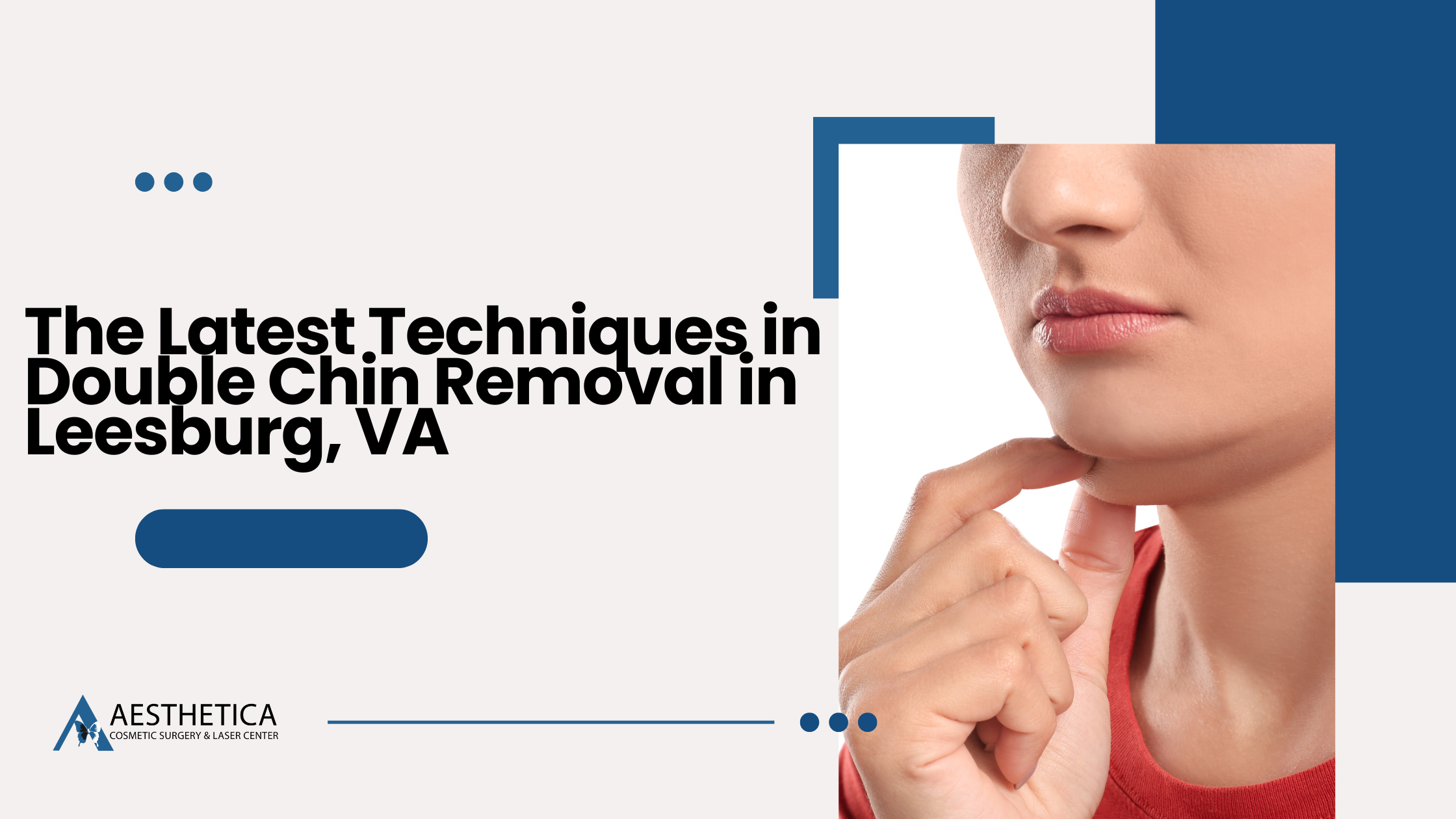How to Fix Botched Plastic Surgery7 min read

Aesthetica Editorial Team

Embarking on a journey of transformation through plastic surgery often comes with high hopes and dreams of a new beginning.
But what happens when this journey takes an unexpected turn, leaving you with results far from what you envisioned?
Botched plastic surgeries, though not often discussed openly, are a reality that many face, leaving them with not just physical marks but emotional and psychological scars as well.
Whether you’re grappling with the aftermath of a procedure that didn’t go as planned or seeking knowledge to make informed decisions for future procedures, this blog is your sanctuary.
We’ll explore the common types of surgical mishaps, understand the underlying reasons for these outcomes, and most importantly, uncover the pathways to restoration and healing.
What Are the Most Common Types of Botched Procedures?

Recognizing the most common types of botched procedures is the first step towards understanding and eventually rectifying them.
- Rhinoplasty (Nose Job) Mishaps: Rhinoplasty is one of the most intricate plastic surgeries, given the nose’s central role in facial aesthetics. Common issues include asymmetry, breathing difficulties, and an unnatural appearance, often due to a lack of understanding of facial proportions or inadequate surgical technique.
- Breast Augmentation Complications: Breast surgeries, including augmentations, reductions, and lifts, can sometimes lead to unsatisfactory results. These range from asymmetry, improper implant placement, or even complications like capsular contracture, where the scar tissue around the implant tightens.
- Dermal Fillers Gone Wrong: Filler aims to rejuvenate and plump sagging facial skin. However, a botched job can leave patients with filler lumps, asymmetry, or product build-up. The skill and experience of the injector play a crucial role in avoiding these outcomes.
In recent times, the rise in ‘cosmetic surgery tourism’ has also contributed to an increase in botched procedures. Patients are often attracted to lower costs abroad but may encounter less stringent medical standards or face communication barriers with surgeons.
How Can Botched Facial Surgeries Be Corrected Effectively?
Facing the aftermath of a botched facial surgery can be both physically and emotionally taxing.
Effective correction is possible with the right approach, bringing physical restoration and a sense of emotional relief. Here’s how skilled professionals like Dr. Chang can address and correct botched facial surgeries.
The first step in correcting a botched facial surgery is a thorough evaluation. This involves understanding the specific issues, the anatomy of the face, and the patient’s desired outcomes. Detailed planning, often using advanced imaging techniques, is crucial for mapping out the corrective procedure.
A successful correction is not a one-size-fits-all solution but a tailored approach, considering the individual’s specific issues and overall aesthetic harmony.
Post-operative care is as important as the surgery itself. Ensuring a safe recovery, minimizing the risk of further complications, and providing clear guidelines for aftercare are integral parts of the corrective process.
What Are the Best Practices for Revising Botched Breast Augmentations?

Breast augmentation is one of the most popular cosmetic procedures worldwide, but like any surgery, it comes with the risk of undesirable results.
When a breast augmentation doesn’t go as planned, breast revision surgery becomes a necessary consideration.
This procedure aims to address and correct the issues from the initial surgery, enhancing the patient’s appearance and comfort.
An in-depth consultation to understand the issues with the previous augmentation is crucial. This includes a physical examination and possibly imaging tests to assess the condition of the implants and surrounding tissues.
Patients need to clearly understand what revision surgery can and cannot achieve. A candid discussion about the expected outcomes, risks, and recovery process is essential.
Techniques may include implant replacement, resizing or reshaping, capsulectomy (removing the scar tissue capsule), or a breast lift.
The goal of revision surgery is to achieve a natural and symmetrical appearance. This might involve adjusting both breasts, even if only one has a noticeable issue, to ensure harmony and balance.
Is it Possible to Correct Failed Rhinoplasties?

Rhinoplasty, commonly known as a nose job, is a complex procedure that, when not executed properly, can lead to dissatisfaction with the aesthetic or functional aspects of the nose.
Correcting a failed rhinoplasty is possible, but the approach depends mainly on the extent of the desired changes.
A surgical revision may be necessary for significant alterations or when dealing with structural issues like breathing difficulties. This procedure is typically more complex than the initial surgery.
It often involves reshaping the nasal structure, sometimes using cartilage grafts from other body parts. The goal is to achieve a nose that looks natural and harmonious with the rest of the face and functions correctly.
Non-surgical methods can be an effective alternative for minor adjustments or cosmetic refinements. These include injectable fillers, which can be used to correct minor asymmetries or contour irregularities.
This approach is less invasive and has the benefit of being reversible and requiring minimal downtime. Having realistic expectations is crucial, as the extent of changes achievable non-surgically is limited compared to surgical revision.
Regardless of the chosen method, the key to a successful correction lies in selecting an experienced and skilled surgeon, clear communication about the desired outcomes, and a thorough understanding of the risks and benefits involved.
How to Resolve Facial Filler Complications?

Facial fillers are popular for their immediate results and minimal downtime. However, complications such as asymmetry, overfilling, or lumpiness can occur. Resolving these complications usually involves a simple yet precise process.
If the issue arises from hyaluronic acid-based fillers, an enzyme called hyaluronidase can be injected to dissolve the filler immediately. This enzyme breaks down the filler, allowing the treated area to be reset.
Once the initial filler is dissolved and the area has settled, re-application of the filler can be considered. This time, the focus should be on using high-quality products known for their safety and efficacy.
The key lies in better placement and a more conservative approach to avoid repeating the same issues.
Having these procedures done by a qualified and experienced practitioner who understands facial anatomy profoundly and can make informed decisions about the type, amount, and placement of fillers is essential.
Treating Scarring from Previous Plastic Surgeries

Scarring is a natural part of the healing process after any surgery, including plastic surgery. Sometimes, scars can be prominent, unsightly, or cause discomfort. There are several ways to treat and improve the appearance of these scars:
Laser treatments can be particularly effective for scars. They work by removing the outer layer of skin, stimulating collagen production, and improving the overall texture and appearance of the scar.
In some cases, surgical revision of the scar may be necessary, especially if the scar is causing functional limitations or significant cosmetic concerns. This involves excising the old scar and closing the incision in a more likely way to heal with a less noticeable scar.
Microneedling involves creating micro-injuries in the skin, which stimulates the body’s natural healing process and can improve the appearance of scars over time.
Each treatment option has its own set of indications, and the choice depends on the scar’s type, location, and characteristics.
Seeking a Renewed You, Book a Corrective Procedure in Northern Virginia Today!
Meet us at 19500 Sandridge Way, Suite 350, Leesburg, VA 20176, or call us at (703) 574-4342 for a complimentary consultation with Board-Certified Plastic Surgeon Dr. Phillip Chang before proceeding with your procedure. If everything matches up, our team will help you navigate the entire process from beginning to end. Also, remember to check out our blog and social media for more information on cosmetic surgery trends!
Let Us Help You!
Our office can provide you with helpful information, schedule a free consultation, and walk you through the many services and procedures we provide.
Contact Dr. Chang's Office:
More Articles For You

The Latest Techniques in Double Chin Removal in Leesburg, VA
In the charming town of Leesburg, VA, where looking good and feeling great are top

The Art of Refining the Side Profile of a Woman through Plastic Surgery
In the realm of cosmetic enhancements, the side profile of a woman holds a pivotal

Enhance Now, Pay Later: Plastic Surgery Payment Plans in Leesburg, VA
In the picturesque town of Leesburg, VA, pursuing beauty and self-improvement is a journey many

Areola Reduction for Men in Loudoun County
In the heart of Loudoun County, where the beauty of nature meets bustling urban life,
